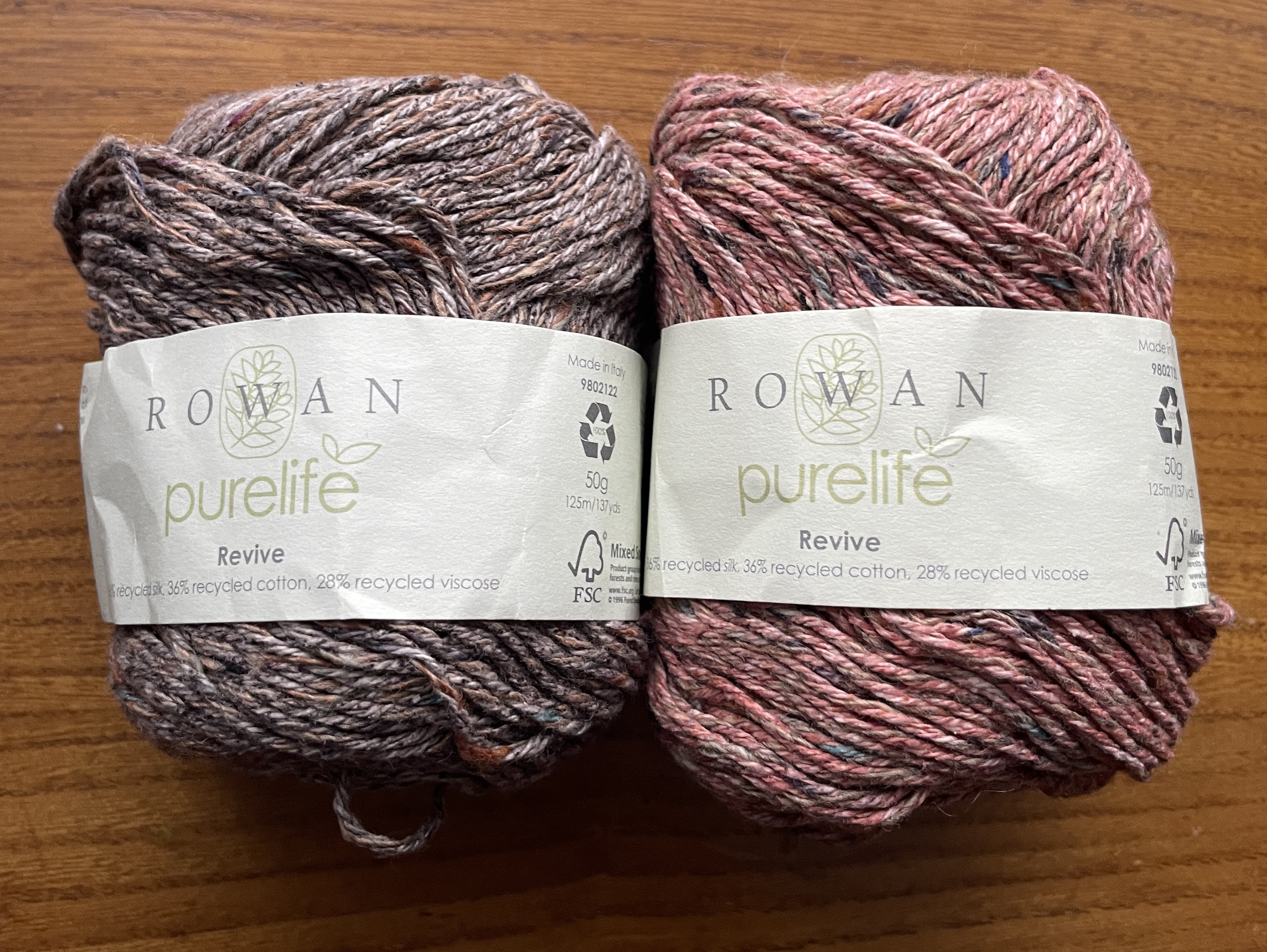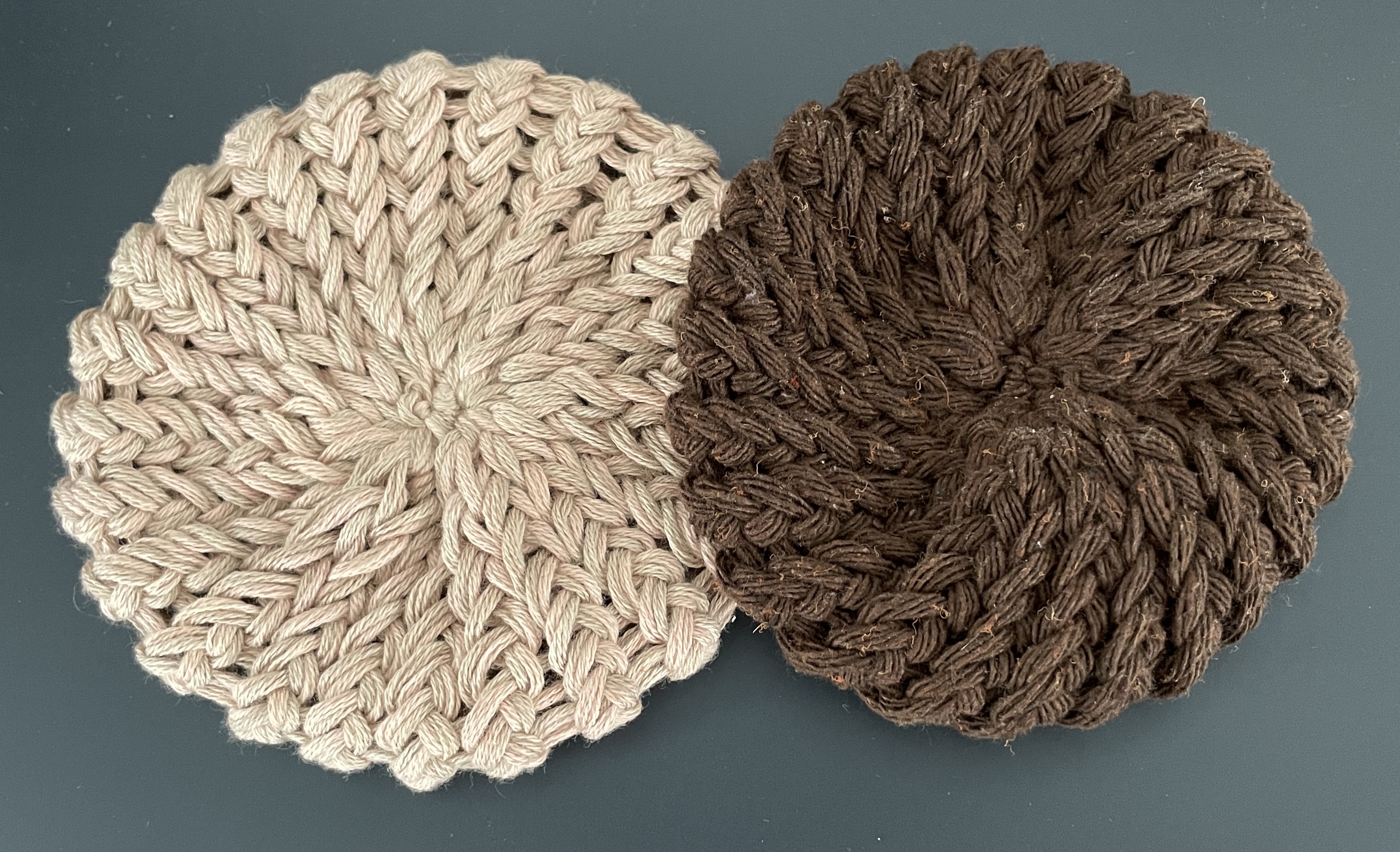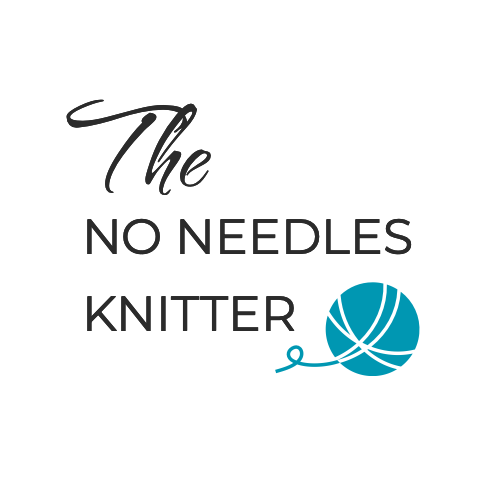Eco-Friendly Yarns Versus Synthetic Yarns - What You Need To Know

When deciding between eco friendly yarns versus synthetic yarns, several crucial factors must be considered. Eco friendly yarns, sourced from renewable materials, present a sustainable option. They naturally biodegrade, thereby lessening environmental impact. Conversely, synthetic yarns, composed of man-made compounds, contribute to plastic pollution. Natural yarns also offer health advantages, as they are free from harmful chemicals. Synthetic alternatives may present risks due to chemical exposure. Furthermore, natural yarns frequently provide superior comfort and breathability. By evaluating these elements, you can make an informed choice that aligns with your values and requirements.
Environmental Impact of Eco-Friendly Yarns Versus Synthetic Yarns
When you consider the environmental impact of yarns, the choice between eco-friendly and synthetic options becomes crucial. Eco-friendly yarns, derived from natural sources like plants and animals, offer significant environmental benefits. They are biodegradable, which means they break down naturally without leaving harmful residues. In contrast, synthetic yarns, made from man-made compounds, contribute to plastic pollution due to their non-biodegradable nature.
Biodegradability
Eco-friendly yarns excel in biodegradability. They decompose naturally, returning to the earth without causing harm. This process reduces waste and lessens the burden on landfills. For instance, wool and organic cotton, popular natural yarns, decompose efficiently. They do not contribute to the growing problem of microplastic pollution. On the other hand, synthetic yarns, such as acrylic and polyester, persist in the environment for hundreds of years. They break down into microplastics, which pollute oceans and harm marine life.
Production Processes
The production processes of eco-friendly yarns and synthetic yarns differ significantly. Eco-friendly yarns often come from renewable resources. Their production involves fewer chemicals and less energy. For example, organic cotton is grown without harmful pesticides or fertilisers, making it a sustainable choice. In contrast, synthetic yarns require energy-intensive processes. They rely on fossil fuels, contributing to a high carbon footprint. The manufacturing of synthetic fibres involves chemical treatments that can release pollutants into the air and water.
By choosing eco-friendly yarns, you support sustainable practices. You help reduce your carbon footprint and promote a healthier planet. Understanding these differences empowers you to make informed decisions that align with your environmental values.
Comfort and Tactile Experience
When choosing between eco friendly yarns versus synthetic yarns, comfort plays a pivotal role. You want your creations to feel good against the skin, providing a pleasant tactile experience. Let's delve into how these yarns differ in terms of breathability and tactile sensation.
Breathability
Eco friendly yarns often excel in breathability. Natural fibres like cotton, wool, and linen allow air to circulate freely. This quality helps regulate temperature, keeping you cool in summer and warm in winter. For instance, wool can absorb moisture without feeling damp, making it ideal for garments worn close to the skin. In contrast, synthetic yarns, such as acrylic and polyester, tend to trap heat and moisture. They may cause discomfort, especially in warmer climates. When you prioritise breathability, eco friendly yarns offer a more comfortable choice.
Tactile Experience
The tactile experience of working with yarns significantly impacts your crafting enjoyment. An expert in yarn comparison once noted:
"The tactile experience of working with natural yarns is truly unparalleled. Each fibre has its own unique texture and feel that adds depth and character to any project."
Natural yarns provide a diverse range of textures. Alpaca wool, for example, is renowned for its luxurious softness, while linen offers a crisp and cool touch. These qualities enhance the sensory pleasure of crafting. On the other hand, synthetic yarns often lack this variety. They can feel uniform and less inviting to the touch. When you seek a rich tactile experience, eco friendly yarns present a more appealing option.
Durability and Longevity

When you consider the durability and longevity of yarns, the choice between eco friendly yarns versus synthetic yarns becomes significant. Each type offers distinct advantages that cater to different needs and preferences.
Lifespan of Yarns
The lifespan of yarns is a crucial factor in your decision-making process. Synthetic yarns often excel in long-term durability. They resist wear and tear, making them ideal for projects that require frequent use or washing. For example, acrylic and polyester yarns maintain their shape and colour over time, even after multiple washes. This resilience makes them a popular choice for items like blankets and outerwear.
In contrast, eco friendly yarns such as wool and cotton may not match the durability of synthetic options. However, they offer other benefits. Natural fibres are more resistant to heat, which can be advantageous in certain applications. Wool, for instance, is naturally flame-resistant, providing an added layer of safety. While natural yarns may wear out faster, their biodegradability ensures they return to the earth without contributing to pollution.
Maintenance Requirements
Maintenance requirements also play a pivotal role when choosing between eco friendly yarns versus synthetic yarns. Synthetic yarns generally require less maintenance. They resist stains, moisture, and mildew, making them easy to care for. You can often machine wash and dry synthetic items without worrying about damage. This convenience appeals to those with busy lifestyles or limited time for garment care.
On the other hand, eco friendly yarns demand more attention. Natural fibres like wool and cotton may require hand washing or gentle machine cycles to preserve their quality. They can shrink or lose shape if not handled properly. Despite these challenges, many crafters appreciate the tactile experience and environmental benefits of working with natural yarns. By investing time in their care, you prolong their lifespan and enjoy their unique qualities.
Health Implications
Allergies and Sensitivities
When selecting yarns, you must consider potential allergies and sensitivities. Natural yarns, like wool and cotton, generally offer a safer choice for those with sensitive skin. They are hypoallergenic and less likely to cause discomfort.
Wool, in particular, has been the subject of much debate regarding allergies. Some people believe they are allergic to wool, but recent studies suggest otherwise. According to Debunking the Myth of Wool Allergies, high-quality Merino wool is non-irritant and poses a low risk for sensitive skin. The sensation of itchiness often relates more to the fibre's properties than to wool itself.
However, some individuals may react to specific components in wool, such as lanolin. The study Wool Allergy: Myth or Reality? identifies lanolin as a potential cause of discomfort for some people. Despite this, modern wool garments rarely cause contact allergies due to improved processing techniques.
In contrast, synthetic yarns can pose a higher risk of skin irritations or allergic reactions. Their chemical composition may lead to discomfort, especially for those with sensitive skin. Synthetic fibres tend to trap heat and moisture, exacerbating skin issues. By choosing natural yarns, you minimise these risks and enjoy a more comfortable crafting experience.
When considering health implications, prioritise yarns that align with your skin's needs. Opt for natural fibres if you have allergies or sensitivities. This choice not only enhances comfort but also supports a healthier lifestyle.
Versatility and Creative Possibilities
When you explore the world of yarns, versatility and creative possibilities become key considerations. Both eco-friendly and synthetic yarns offer unique attributes that can inspire your projects in different ways.
I prefer eco-friendly yarns as to me they look and feel more tactile. I like the fact that they have either been recycled from something that would otherwise have gone to landfill for hundreds of years, or they have been grown in a gentle environment without any chemicals or pesticides.
Here are some of the projects I have created, all made using eco-friendly yarns.






Range of Colours and Textures
The range of colours and textures available in yarns can significantly influence your creative process. Synthetic yarns often boast a wide array of vibrant colours. Manufacturers can produce them in almost any shade, allowing you to match specific colour palettes for your projects. This variety makes synthetic yarns a popular choice for those seeking bold and consistent hues.
In contrast, natural yarns offer a more subtle and earthy palette. They may not have the same colour intensity as synthetic options, but they provide a unique charm. Natural dyes can create beautiful, muted tones that add depth and character to your creations. They are perfect for those that love earthy and eco friendly options.
"Natural yarns offer endless possibilities with unique characteristics suitable for different techniques and projects."
This quote highlights how natural yarns can inspire creativity through their textures and appearance.
Suitability for Different Projects
Choosing the right yarn for your project is crucial for success. Synthetic yarns are durable and easy to care for, making them ideal for items that require frequent washing or handling. They suit projects like blankets, toys, and accessories where durability is a priority.
On the other hand, natural yarns excel in projects where texture and sustainability matter. They are perfect for garments and home décor items that benefit from their breathability and eco-friendly nature. Crafters often find natural yarns more inspiring due to their unique textures and appearance.
Understanding the characteristics and benefits of both natural and synthetic yarns is essential for making informed choices in the vast world of yarns. By considering the range of colours, textures, and project suitability, you can select the yarn that best aligns with your creative vision and values.
Cost-Effectiveness
When choosing between eco-friendly and synthetic yarns, cost-effectiveness plays a crucial role. You want to ensure that your investment in yarn aligns with your budget while meeting your crafting needs.
Price Comparison
Natural yarns, such as wool and cotton, often come with a higher initial price tag compared to synthetic options like acrylic and polyester. This price difference stems from the sustainable and ethical production processes involved in creating natural yarns. For instance, organic cotton requires careful cultivation without harmful pesticides, which can increase costs. However, the long-term benefits of natural yarns, such as their biodegradability and minimal environmental impact, can justify the initial expense.
Synthetic yarns, on the other hand, are typically more affordable upfront. Their production involves less costly materials and processes, making them a budget-friendly choice for many crafters. However, it's essential to consider the environmental cost associated with synthetic yarns. Their non-biodegradable nature and reliance on fossil fuels contribute to a higher carbon footprint, which may not align with your values if sustainability is a priority.
Value for Money
When evaluating value for money, consider the longevity and performance of the yarn. Natural yarns offer excellent value due to their durability and unique qualities. Wool, for example, is naturally flame-resistant and provides superior insulation, making it ideal for garments and home décor items. These attributes enhance the overall value of natural yarns, especially for projects where quality and sustainability matter.
Synthetic yarns, while less expensive initially, may not offer the same long-term value. They excel in durability and resistance to stains and moisture, making them suitable for items that require frequent washing or handling. However, their lack of biodegradability and potential health implications may diminish their overall value, particularly if you prioritise eco-friendliness and health considerations.
Yarn maintenance
To prolong the life of your chosen yarns, follow these maintenance tips:
Eco-friendly yarns: Hand wash or use gentle machine cycles. Avoid harsh detergents.
Synthetic yarns: Machine wash with care. Use low heat for drying.
By understanding these factors, you can make informed choices that enhance your crafting experience.
In conclusion, when assessing cost-effectiveness, weigh the initial price against the long-term benefits and environmental impact. Natural yarns may require a higher upfront investment, but their sustainable qualities and unique characteristics often provide greater value over time. By considering these factors, you can make an informed decision that aligns with your budget and crafting goals.
In your journey to choose between eco-friendly and synthetic yarns, consider the key aspects discussed. Eco-friendly yarns offer sustainability and comfort, while synthetic options provide durability and cost-effectiveness. Your decision should align with your priorities and project needs.
Find Out More About The Types Of Yarns Here -
See Also
Discovering Advantages: The Case for No Needles Knitting
Ignite Your Imagination: Dive Into No Needles Knitting
Knit Occurs: Celebrating the Uniqueness of No Needles Knitting
